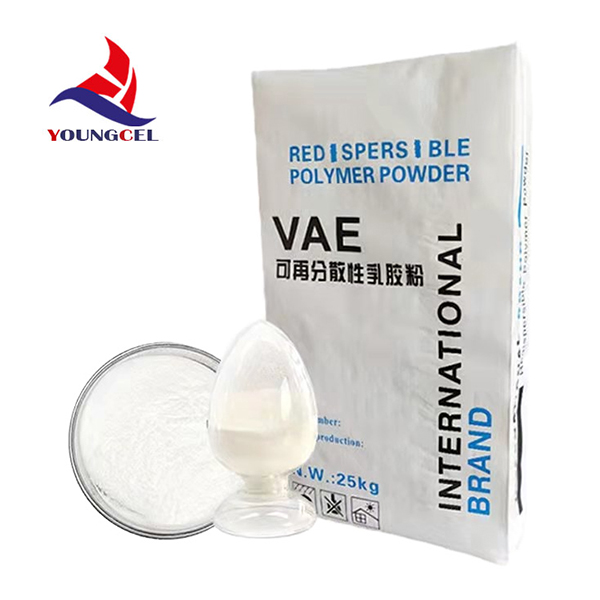Understanding the Chemical Composition and Applications of Hydroxypropyl Methylcellulose (HPMC)
Hydroxypropyl Methylcellulose (HPMC) is a widely used synthetic polymer derived from cellulose, and it plays a crucial role in various industrial applications. As a cellulose ether, HPMC is created by modifying natural cellulose through a series of chemical processes, resulting in a compound that exhibits unique properties. This article will delve into the chemical composition of HPMC, its applications, and its significance in different fields.
Chemical Composition of HPMC
The chemical structure of HPMC consists of a cellulose backbone that has been modified by the introduction of hydroxypropyl and methyl groups. This modification enhances the solubility and functionality of cellulose, making it more versatile for various applications. The percentage of hydroxypropyl and methyl groups can vary in HPMC types, indicating different physical and chemical properties.
The typical chemical formula for HPMC is (C24H50O12)n, where 'n' represents the degree of polymerization. This means that HPMC can vary in molecular weight and viscosity based on the composition of the hydroxypropyl and methyl ether components. The presence of hydroxypropyl groups contributes to the polymer's solubility in both cold and hot water, while methyl groups improve its film-forming ability and stability against heat.
Applications of HPMC
HPMC's unique properties make it a valuable ingredient in several industries, including construction, pharmaceuticals, food, and cosmetics.
1. Construction Industry HPMC is commonly used as an additive in cement-based products like tile adhesives, mortars, and plaster. Its excellent water retention properties help to maintain moisture during the curing process, leading to better adhesion, workability, and durability of construction materials. Moreover, it enhances the thixotropic properties of formulations, preventing sagging during application.
chemical hpmc

2. Pharmaceuticals In the pharmaceutical industry, HPMC is utilized as a binder, thickener, and film-forming agent in tablet formulations. Its ability to control the release of drugs makes it an ideal excipient for controlled-release formulations. HPMC's biocompatibility and non-toxic nature further enhance its suitability for pharmaceutical applications.
3. Food Industry HPMC is recognized as a food additive (E464) and is employed as a thickening agent, stabilizer, and emulsifier in various food products. It improves the texture and consistency of sauces, dressings, and baked goods. Additionally, its low-calorie content makes it appealing for use in weight management products.
4. Cosmetics and Personal Care In cosmetics, HPMC serves as a gelling agent, making it essential in the formulation of creams, lotions, and gels. It aids in the stabilization of emulsions, enhances the spreadability of products, and contributes to a smooth texture, which is highly valued in the beauty industry.
Environmental Considerations
With the increasing emphasis on sustainability, the environmental impact of HPMC production and disposal is worth considering. Unlike synthetic polymers derived from petroleum, HPMC is derived from renewable cellulose, making it a more environmentally friendly option. However, responsible sourcing and production practices are essential to minimize ecological footprints.
Conclusion
Hydroxypropyl Methylcellulose (HPMC) stands out as a versatile compound with a wide range of applications across multiple industries. Its unique chemical composition grants it functionalities that are incredibly valuable, especially in construction and pharmaceuticals. As industries continue to seek sustainable materials, HPMC offers a promising solution that balances performance with environmental considerations, securing its place as a critical ingredient in modern formulations. Understanding the chemical aspects of HPMC not only highlights its significance but also opens doors to further innovations in its applications.






